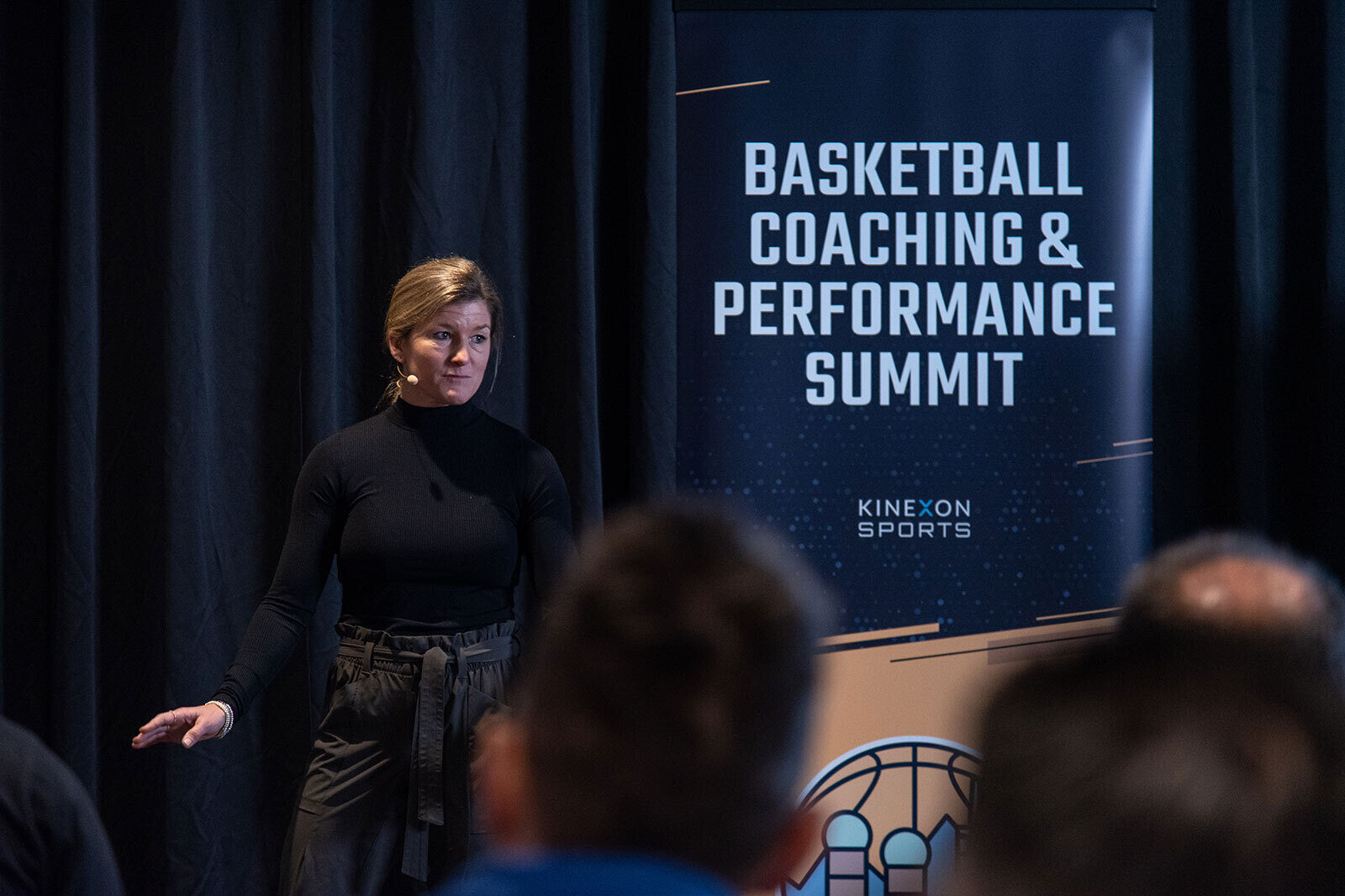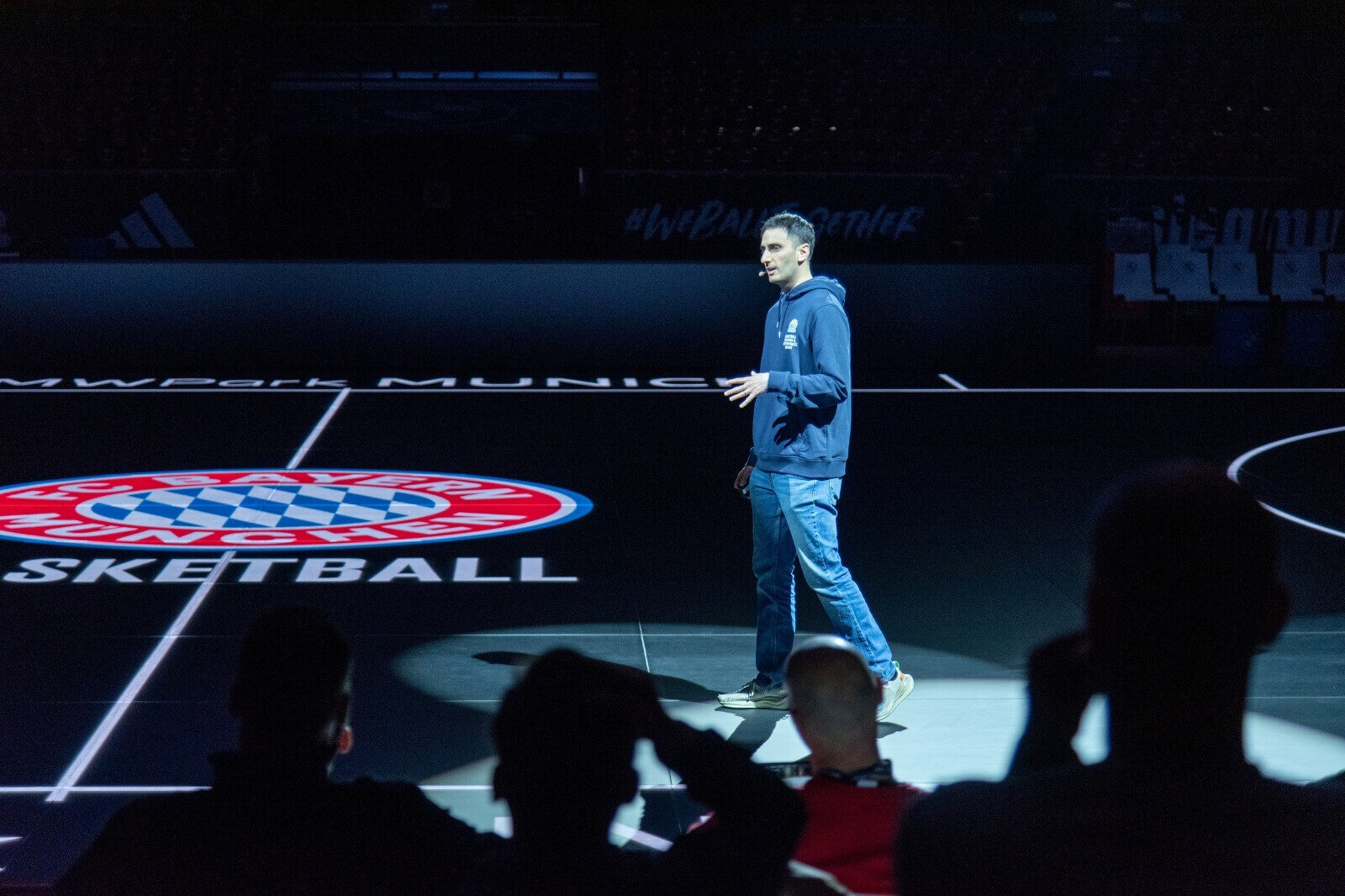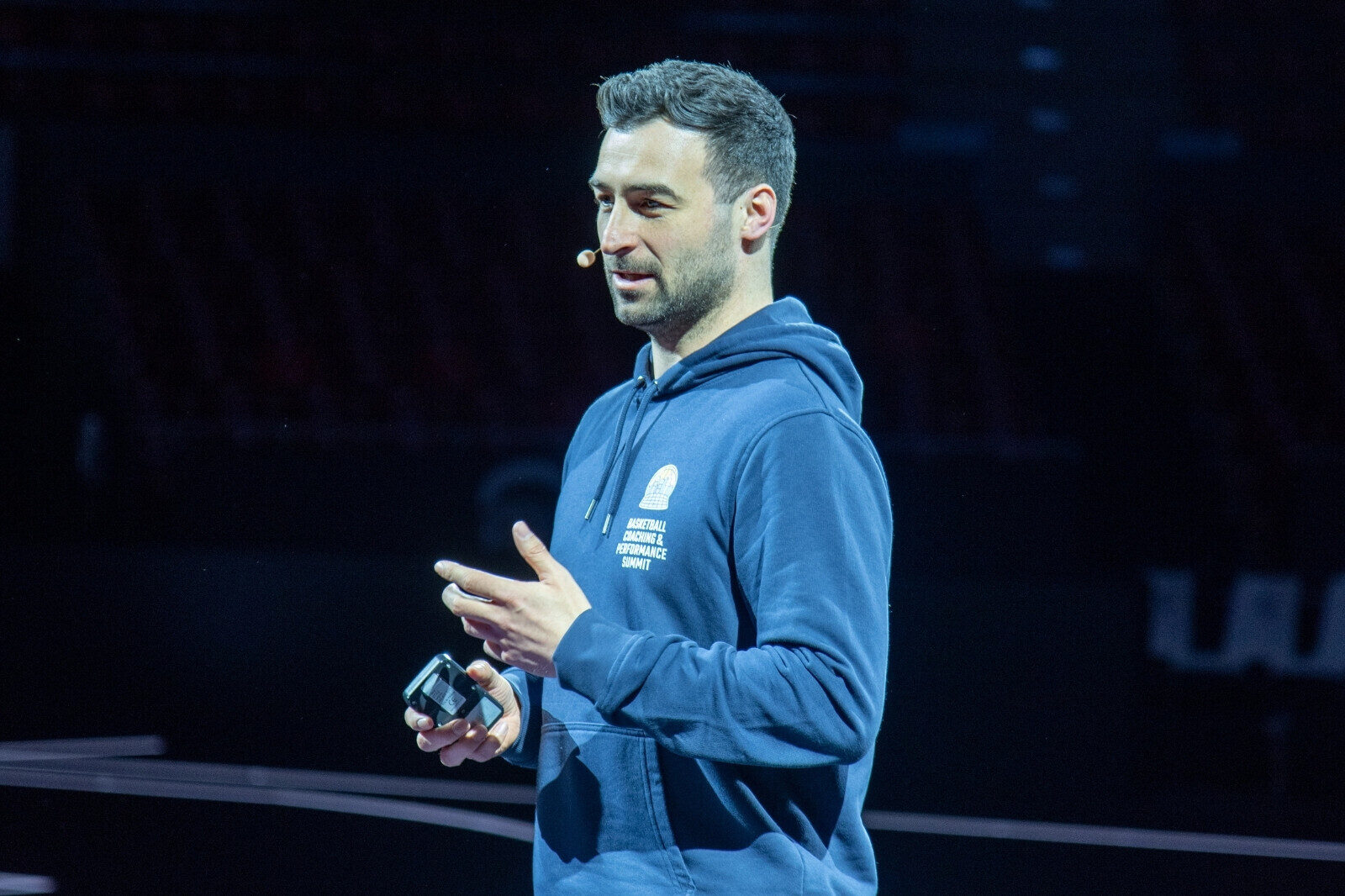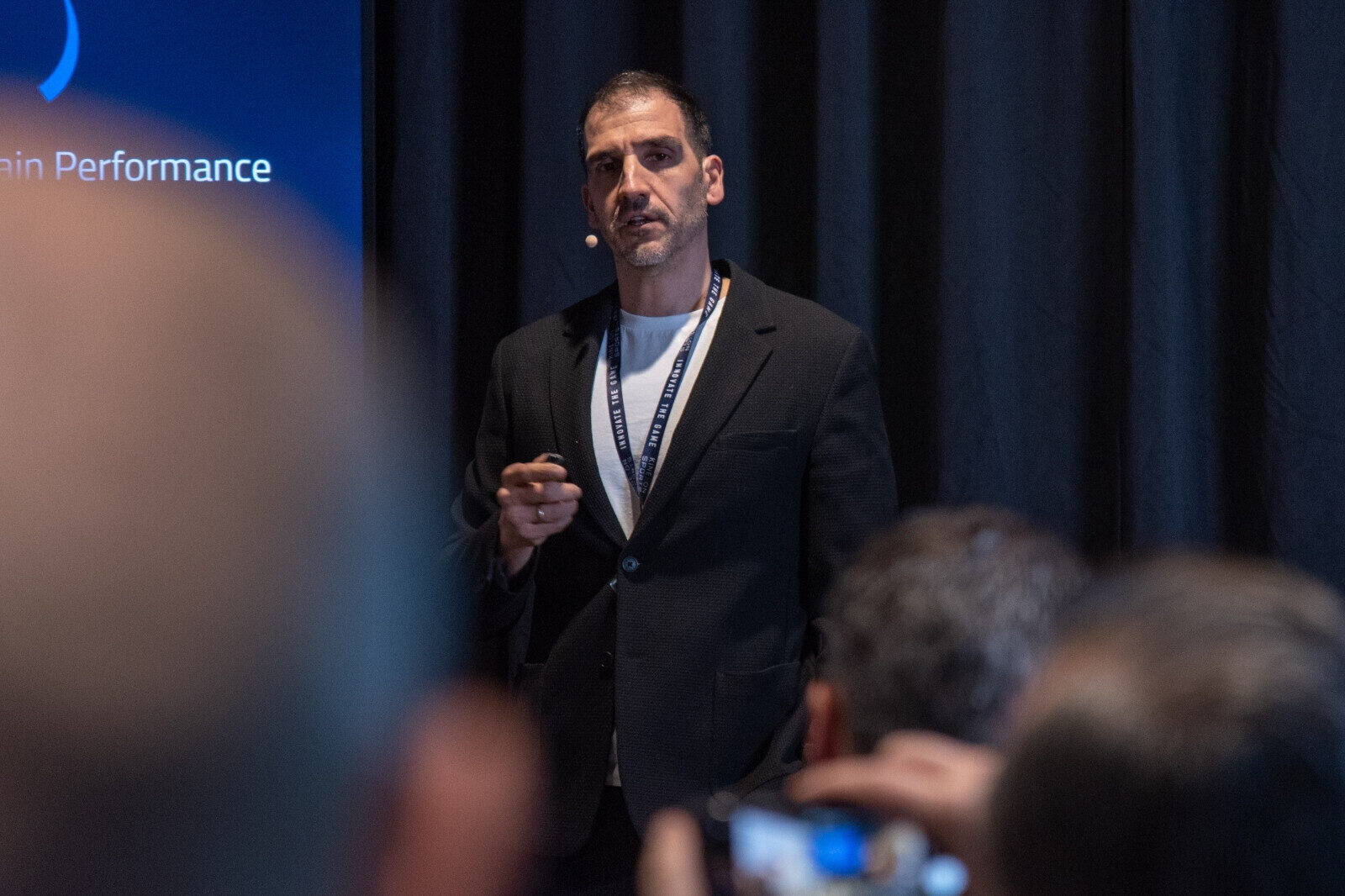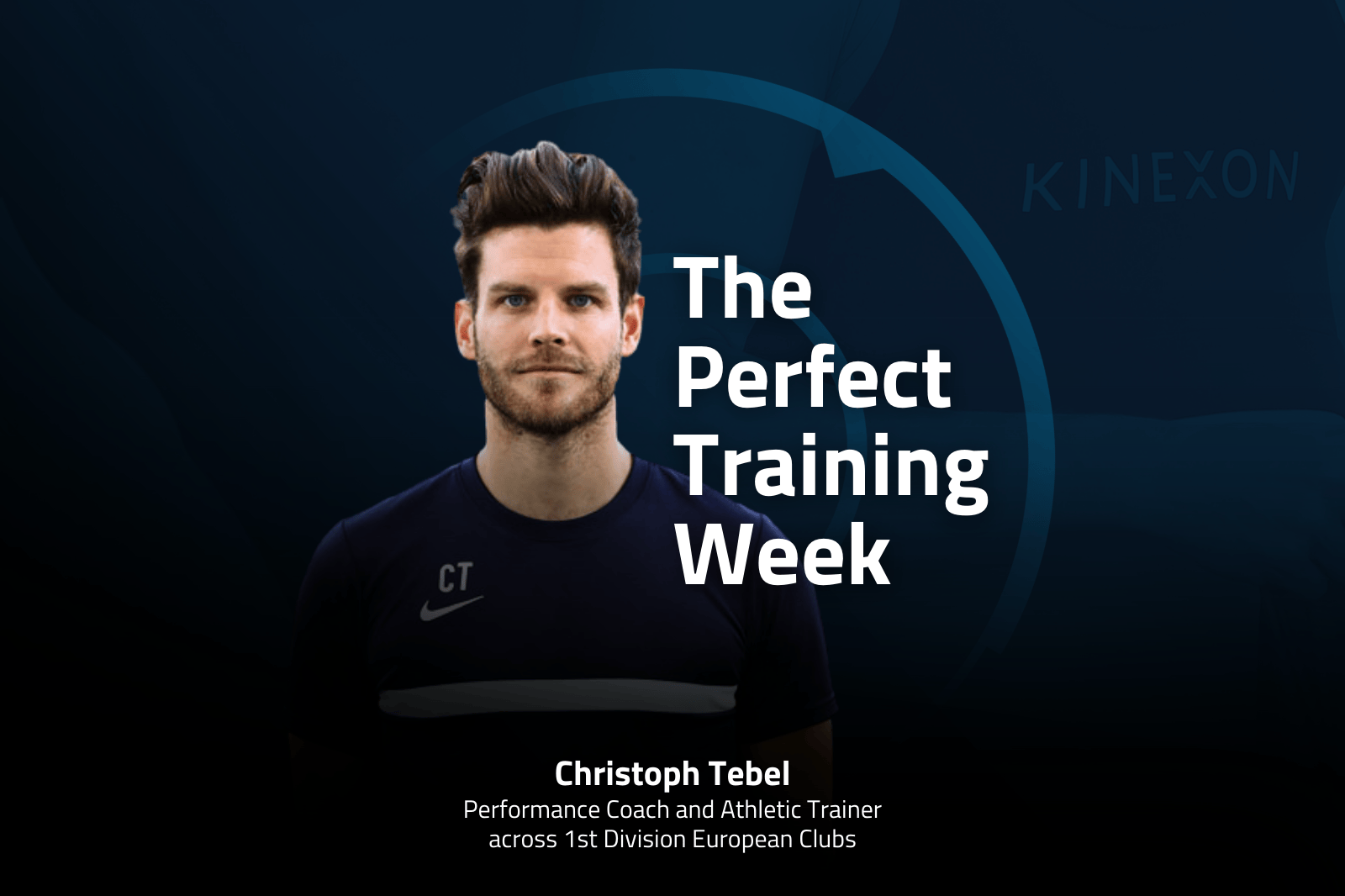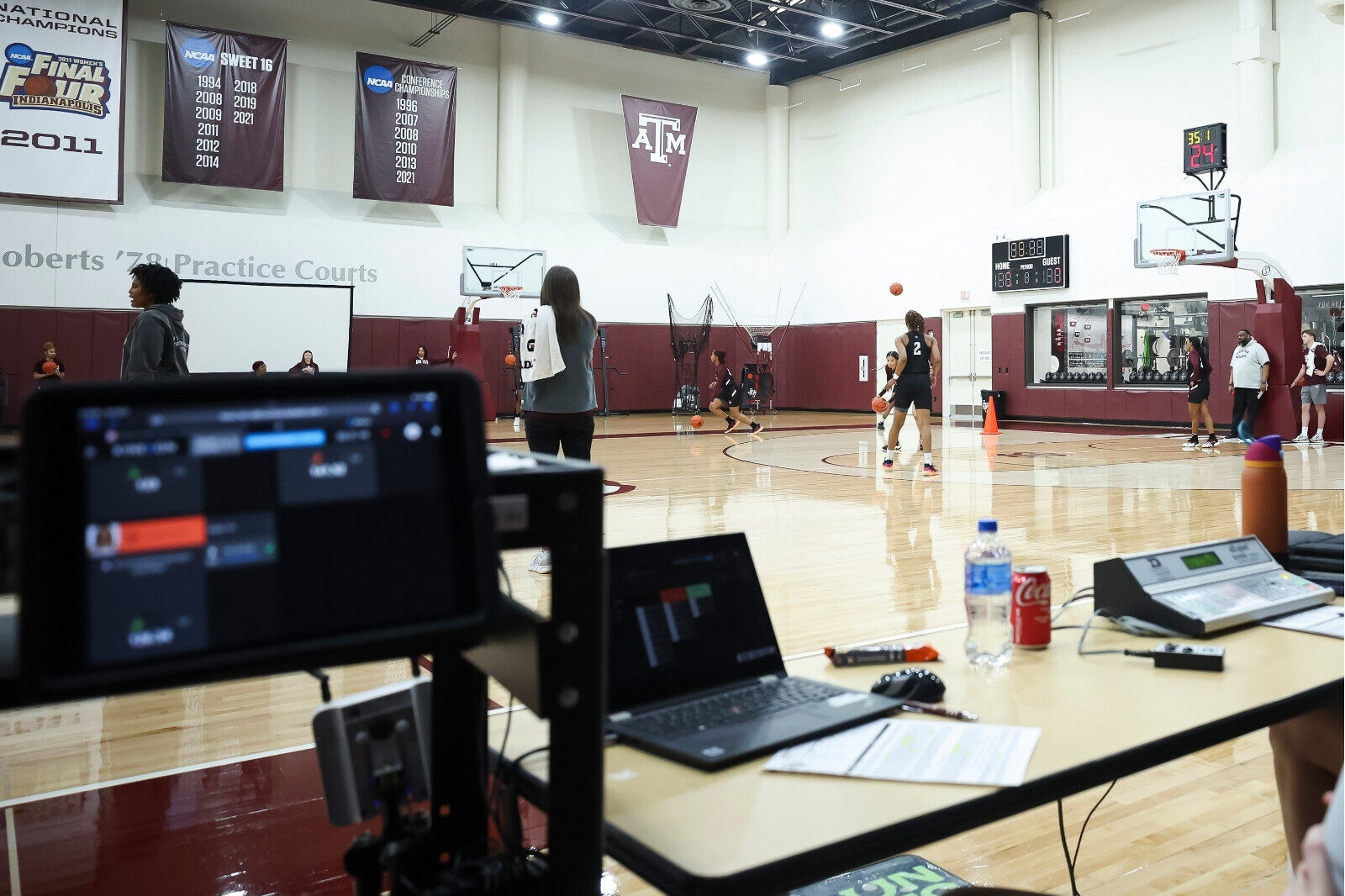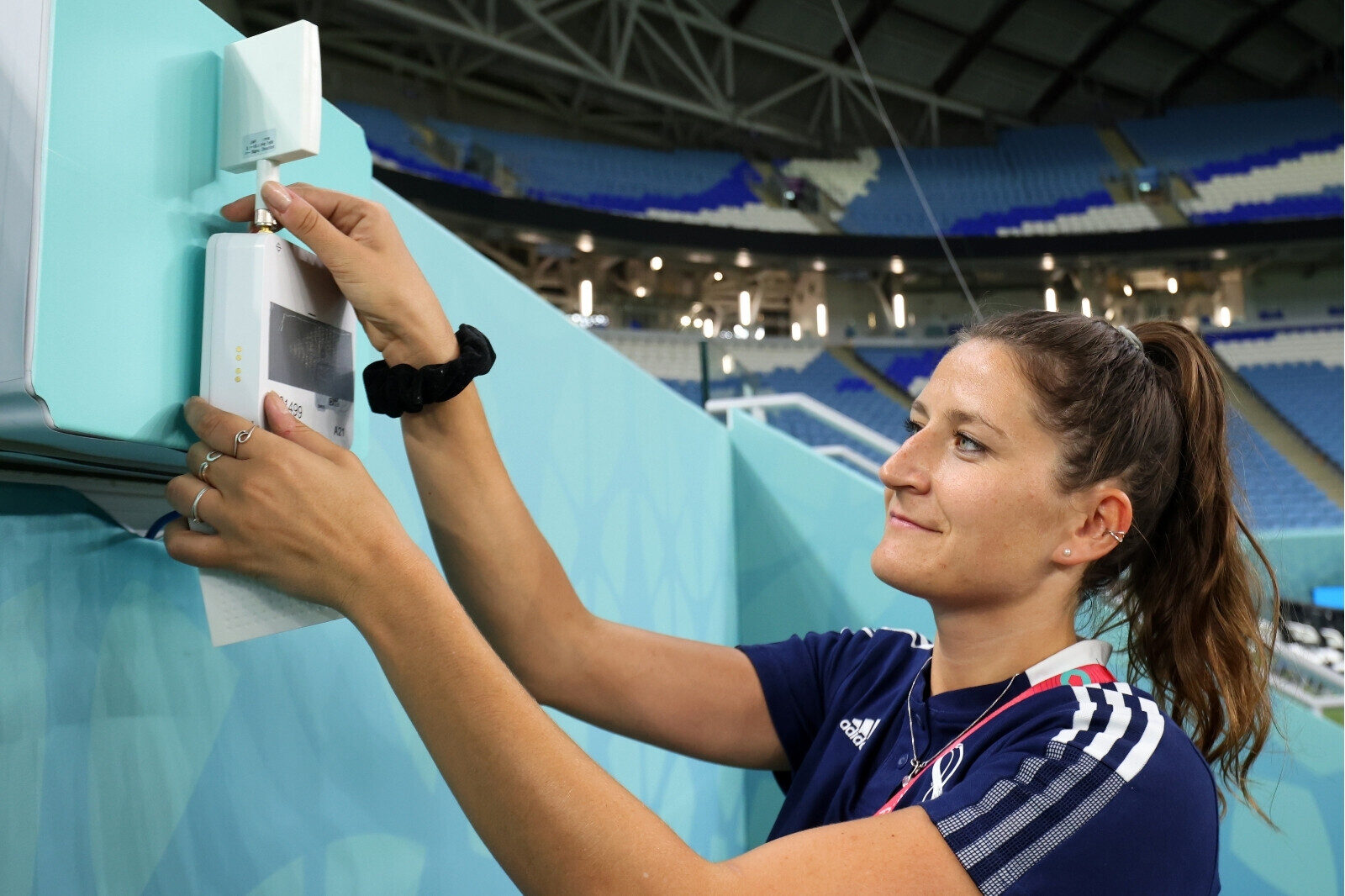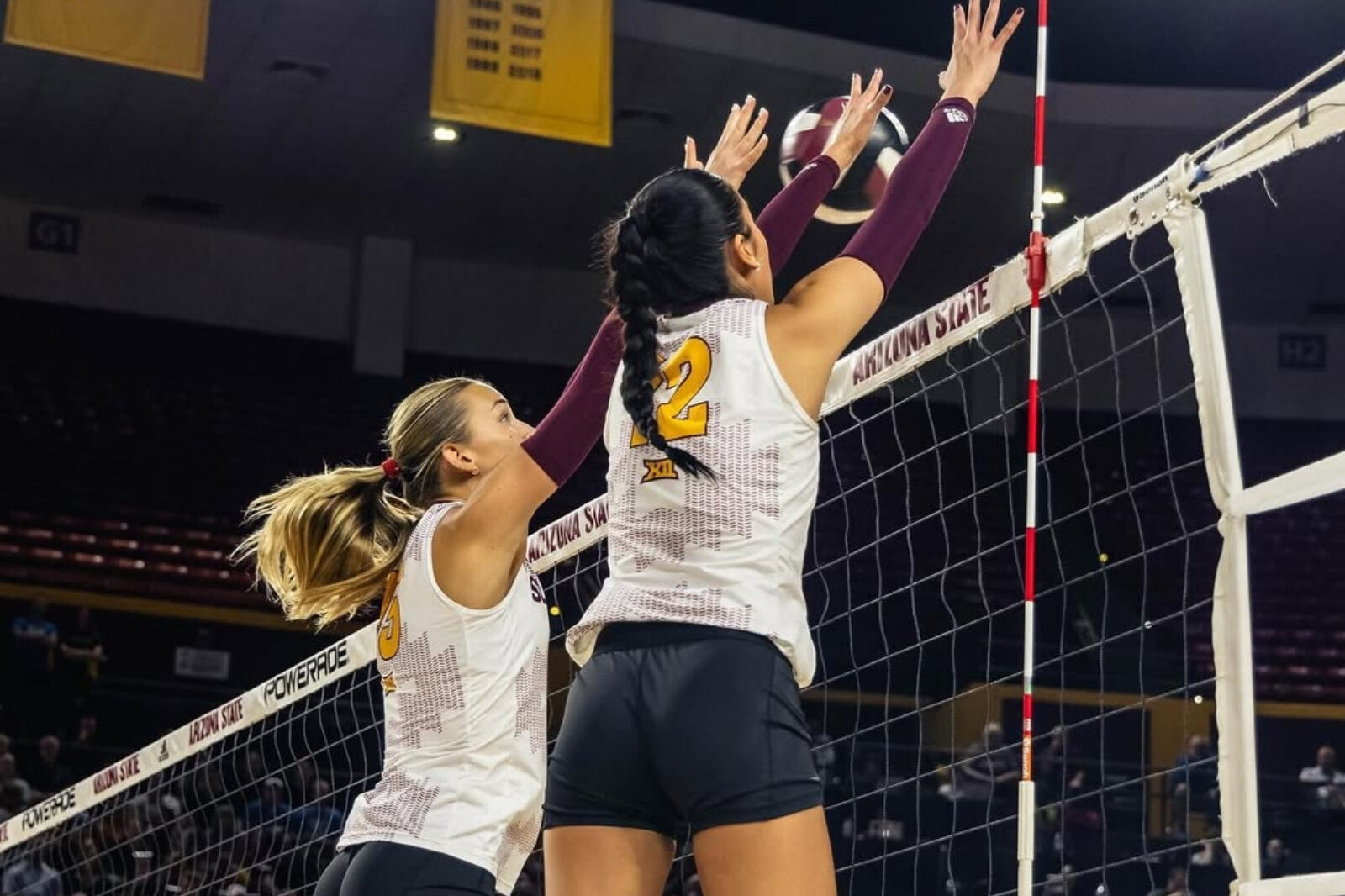How UAB's Strength Coach Sold Football Analytics to His Head Coach
Author: Dave Grendzynski
Lyle Henley, the Director of Sport Performance for the University of Alabama Birmingham. football team. He’s a strong advocate for sports data. He shares his story of how he sold his old school head coach, Trent Dilfer, on the idea of using data.
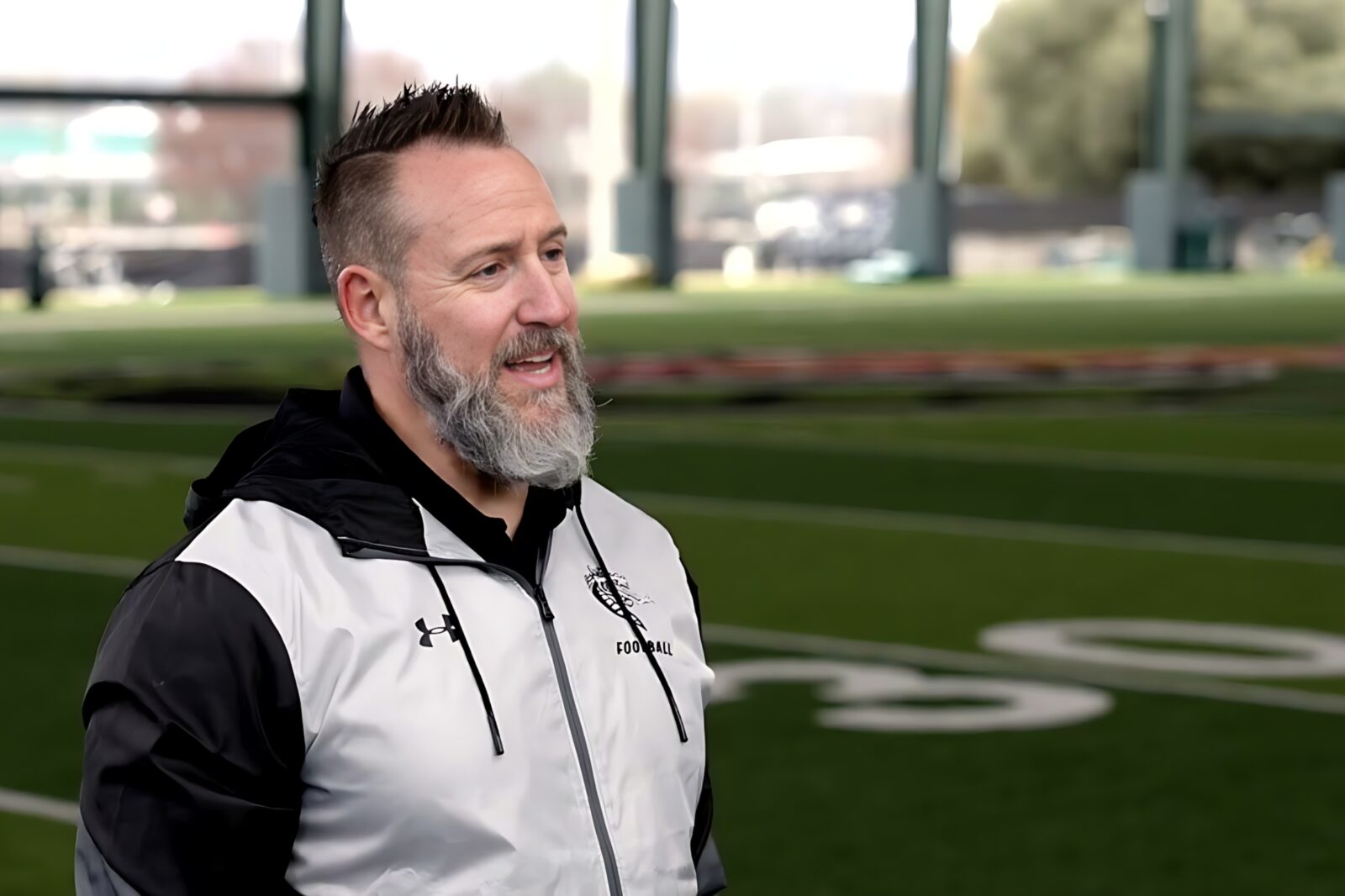
“I kind of expected him, with his background, to be more data driven,” Henley said. “But he has that great old school mentality. But I say one thing about coach Dilfer, he is always looking to find the next little edge. (Coach Dilfer) came in with an open mind,” Henley said.
Coach Dilfer told him, “I’m not a GPS guy. I’m not one of those guys. In the NFL we went with, ‘If you’re going too hard, you back off. If we thought you weren’t going hard enough, we’ll push.’ But if you can sell it to me, then then then I’ll buy it.”
Henley knew he had to persuade Dilfer to embrace data and analytics, not only because he believed in their value, but also because UAB was a mid-major school with limited resources. He had to make sure that every dollar spent on technology and equipment was worth it.
“At a mid-major school, when it comes to our finances, we always have to make sure that the juice is worth the squeeze,” Henley said.
Coaches can now save 20 – 30 minutes each practice session by using the only GPS football tracker that has a fully wireless, automated workload. No manual steps needed. No wires. No cables.
Football Analytics Study Was Critical

To do that, Henley decided to conduct a study with two of his former students, who were pursuing their Doctorates in Physical Therapy. They wanted to do an internship in the weight room and a research project on the impact of data and analytics on the team.
They used KINEXON Sports wearable sensors to measure the volume, time, and acceleration and deceleration of the players during practice and games. They also tracked the injuries, especially the soft tissue and non-contact ones, that occurred during the season.
Learn how to manage player workloads with our free guide: “Load Management Data Analysis.”
What Did the Study Uncover?
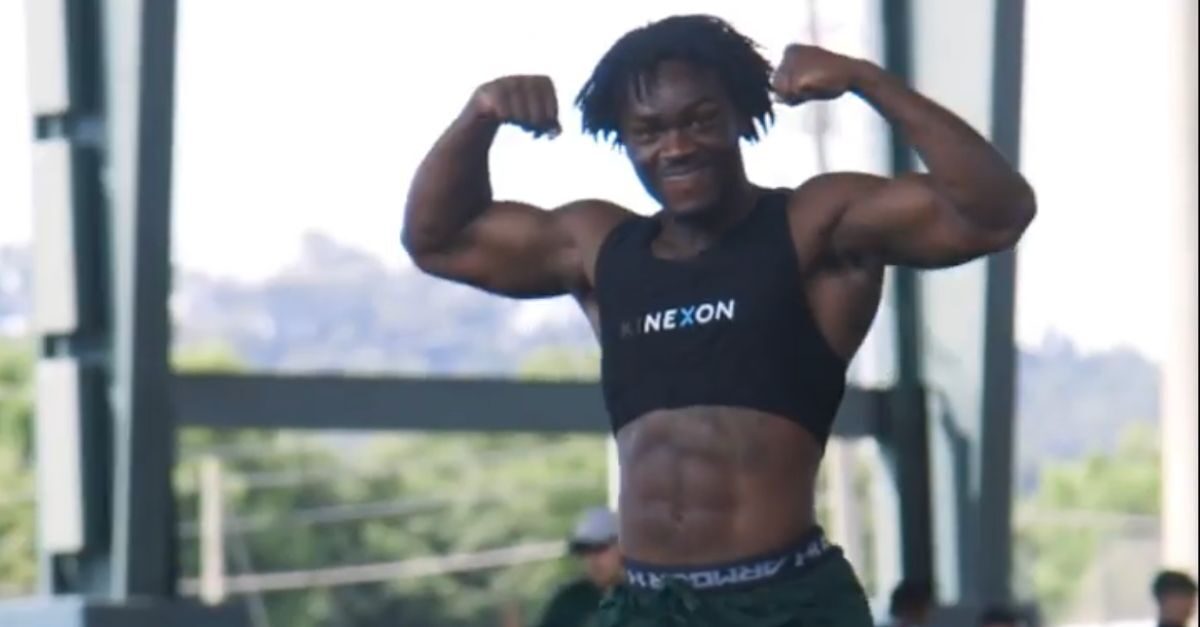
They did this study for two years, in 2021 and 2022, and compared the results.
- Average weekly time and distance did not have correlation to injury in 2021.
- Average weekly time and distance had a strong correlation to injury in 2022.
- The number of acceleration/deceleration events had a strong negative correlation in both years.
They found that volume (at practice) had a significant impact on injury prevention in the first year, but not in the second year. The time of practice mattered more in the second year than in the first year.
However, the most consistent and significant factor that affected injury prevention was the acceleration and deceleration of the players. The more they changed their speed and direction, the more likely they were to get injured.
Did Coach Dilfer Like the Results?
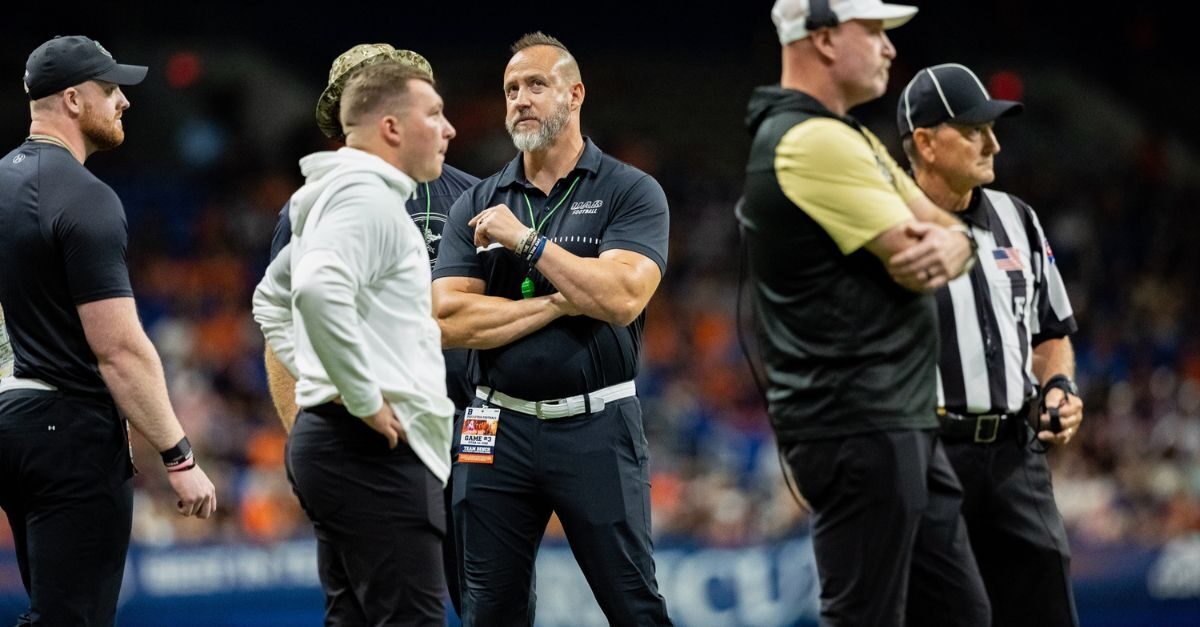
He presented these findings to Coach Dilfer and explained how data and analytics could help him control the volume, time, and acceleration and deceleration of the players. He also explained how data and analytics could help him optimize the training and game plans, and how they could help him communicate better with the players and motivate them to improve.
Coach Dilfer was impressed by the evidence and agreed to give data and analytics a try.
Coach Henley said he is proud of the progress he and Coach Dilfer made together. “I think we’ve done a great job of blending the art and science of coaching, finding the balance between the old school and the new school, and finding the sweet spot between the data and the intuition,” Henley said.

“I think we’ve done a great job of blending the art and science of coaching, finding the balance between the old school and the new school, and finding the sweet spot between the data and the intuition.”
Get More Insights from Coach Henley
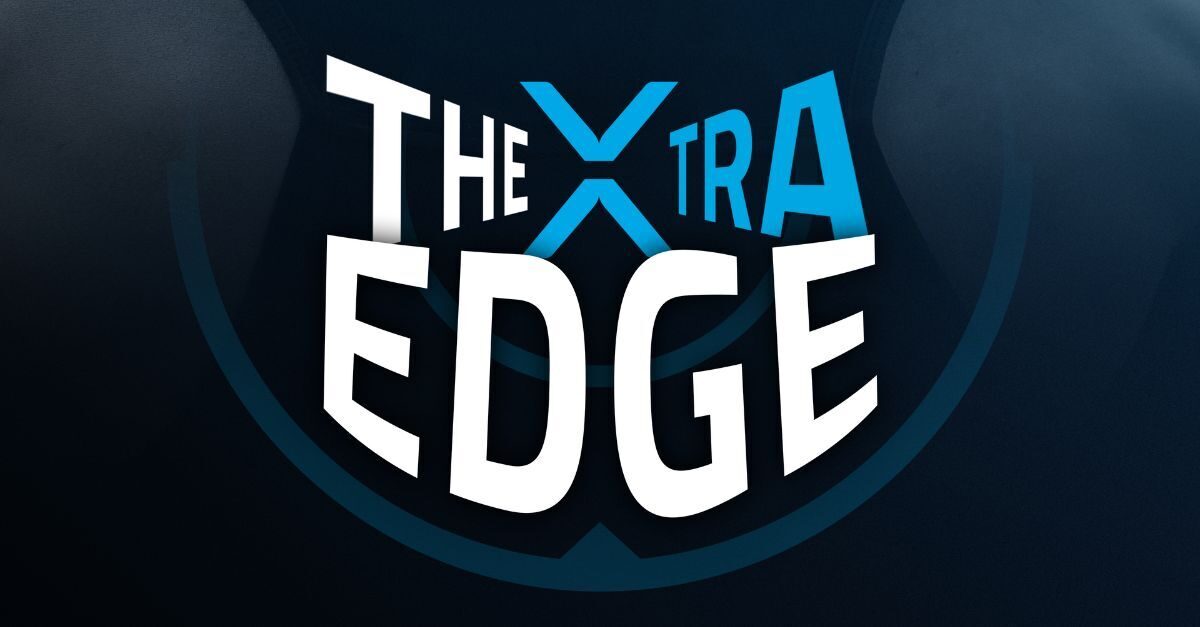
And on “The Xtra Edge”, you can hear how Henley helps script practices, based on the study’s findings.
He also talks about a key metric many high school coaches should use with kids who want to play in college, and many college coaches should track for kids who are hoping to go pro.
Want to find out how football analysis software helps create return-to-play protocols? Get our free guide: “Using Sports Data for Athlete Rehabilitation.”




